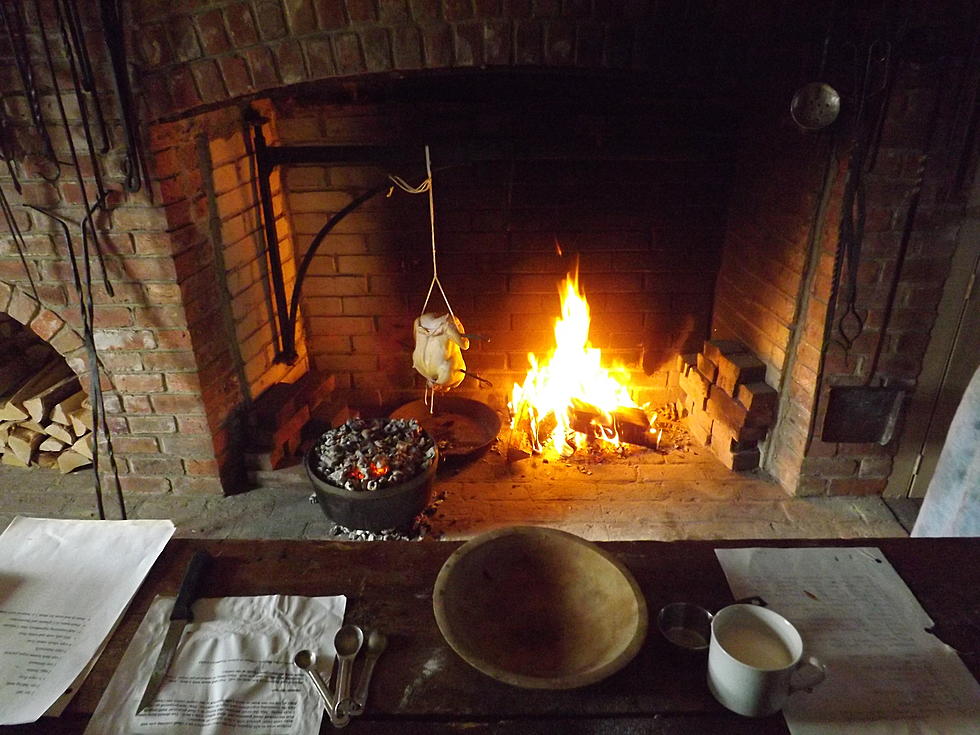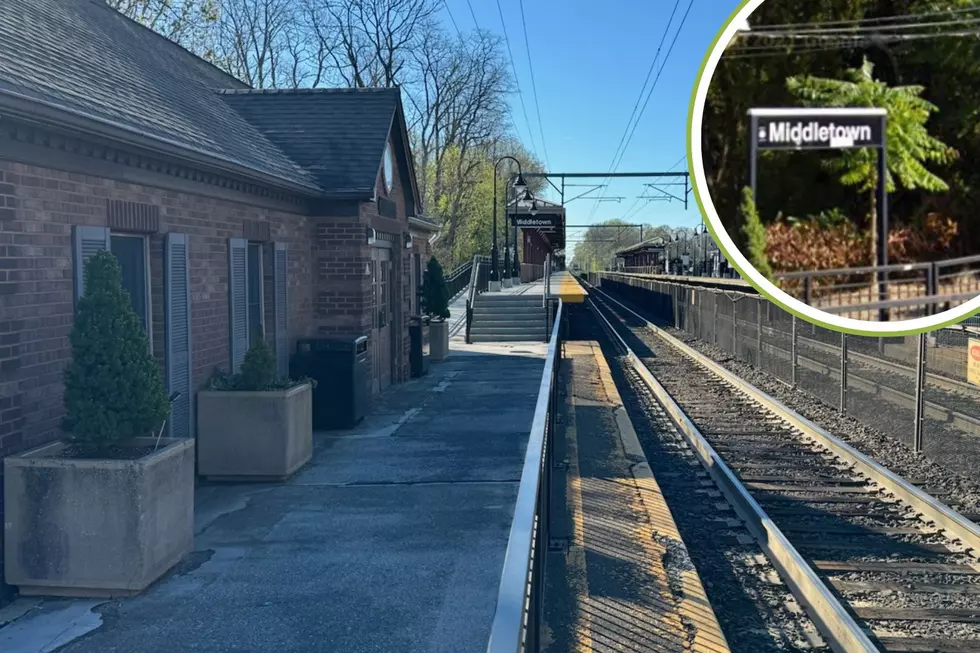
What was Thanksgiving like centuries ago? Find out Sunday in Wall
WALL — A little more than halfway between the supposed date of the first Thanksgiving in 1621 and the current year, sits the year 1836 — the time period to which visitors to the Historic Village at Allaire are introduced.
The living history museum is a direct descendant of the Howell Iron Works Co., founded by James P. Allaire, and on Sunday, the site will offer a demonstration showing what a typical Thanksgiving in New Jersey would have been like in the 1830s.
This includes a hearth-cooked preparation of foods that were common in that timeframe and, though some recipes have changed, are still popular on Turkey Day in the present.
Bonnie Brown, director of historical interpretation at the Historic Village, said that while museum-goers will not be served a meal, they are invited to watch the cooks in action, and at the end of the demonstration, take away recipes they can try in their own homes, either over a fireplace or a stove. Many have indeed done that on their own time, she said.
It's an entertaining and instructive day for several reasons, according to Brown.
"One, how hearth cooking is done, because that's quite a unique experience too, but also sort of to get familiar with the kinds of foods that were being eaten in the 1830s," she said.
Brown said that list of foods is extensive: pork roast, bread and dumplings, root vegetables like potatoes, sweet potatoes, carrots, and rutabaga, plus corn, which was very likely served at the first Thanksgiving and will be on many of your tables next week.
Oh, yeah ... and turkey too.
"As we know from Toms River, there are lots of them around here, so turkey would have been a definite standard," Brown said, laughing. "Actually, most of the traditional Thanksgiving foods that we think of today were foods that were actually being eaten, and in very similar ways to the way we eat them now."

New Jersey's proximity to both New York City and the Atlantic Ocean provided, even two centuries ago, access to fresh foods via shipping and fishing that inland celebrations might not have had. Brown said oyster stuffing was a staple and it would not have been out of place to see citrus fruits or pineapples served.
The history of cranberries in the Garden State also extends back hundreds of years, so that recognizable Thanksgiving fruit would have been in abundant supply.
Brown said a plethora of original documents and letters still exist, and those helped museum staff zero in on the accuracy of the feast they prepare.
Apart from the special Thanksgiving event on Sunday — which also makes use of the chapel on premises for a period-appropriate worship service giving thanks for Mr. Allaire, the village, and the jobs it provided — Brown said the Historic Village at Allaire offers hearth cooking classes for anyone who does want something a little more hands-on.
For a full schedule, visit allairevillage.org.
If you have an idea for a future installment of "Discovering New Jersey," contact Patrick Lavery, Senior Producer of Morning News and Special Programming, on Twitter @plavery1015 or email patrick.lavery@townsquaremedia.com.
More from New Jersey 101.5:
More From New Jersey 101.5 FM









